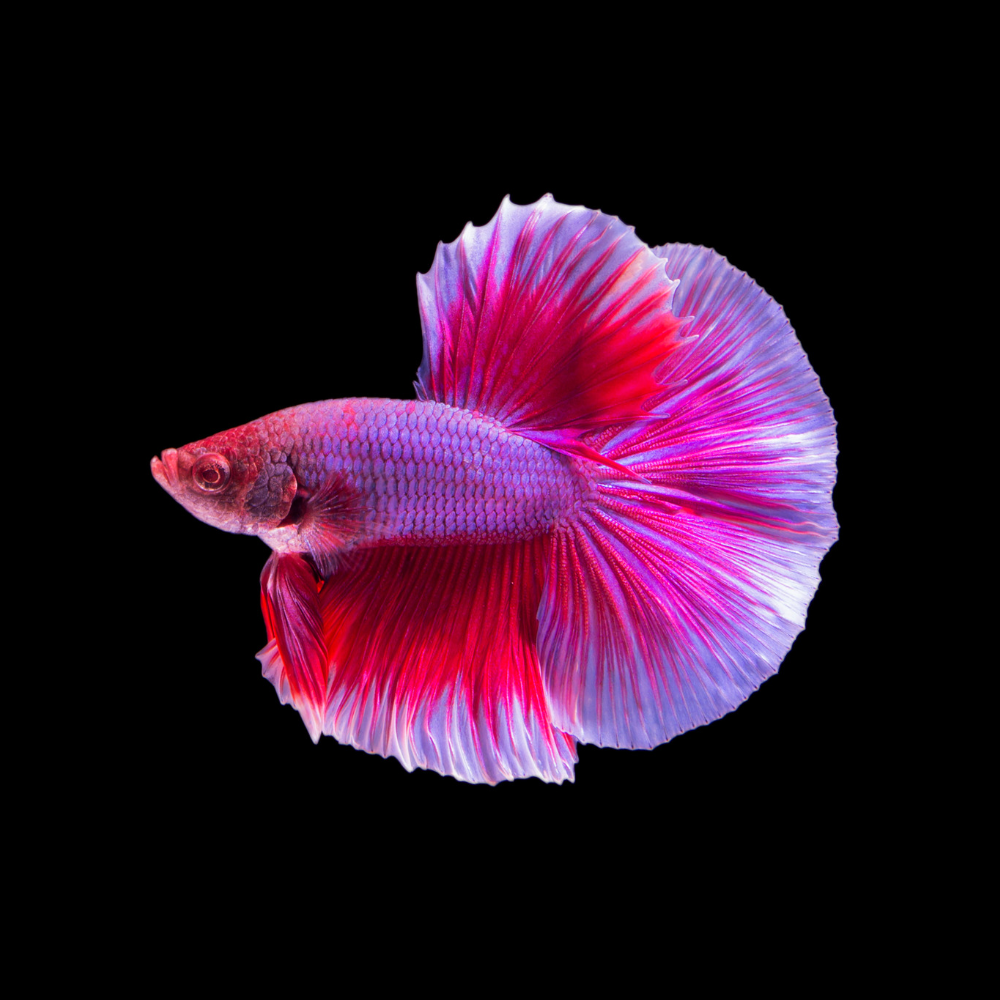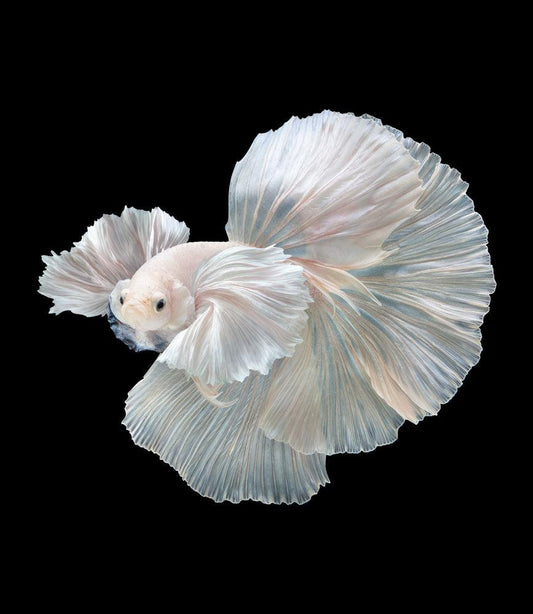Just how to Select the Right Betta Fish for Your Fish tank
Just how to Select the Right Betta Fish for Your Fish tank
Blog Article
Breeding Betta Fish: a Comprehensive Step-By-Step Overview to Effectively Raising Baby Bettas From Eggs to Adulthood
Breeding Betta fish is a careful undertaking that needs mindful planning and execution to make sure the effective development of fry from eggs to mature fish. As the male Betta faithfully constructs a bubble nest and guards the valuable eggs, the subsequent phases of care and change need focus to information and knowledge of best practices.

Choosing Reproduction Pairs
When starting the journey of breeding Betta fish, picking the right breeding sets is important to achieving preferable characteristics and a healthy and balanced lineage - betta fish. The very first step in this process is to recognize the details characteristics you wish to improve or maintain, such as shade, fin type, and physique. It is vital to choose genetically diverse pairs to stay clear of inbreeding, which can lead to health and wellness concerns and unwanted characteristics
Review potential reproducing prospects thoroughly. A healthy and balanced male Betta needs to exhibit dynamic shades, an active temperament, and well-formed fins, while the woman must additionally display dynamic pigmentation and a rounded belly, suggesting preparedness for spawning. Observing the personality of both fish is crucial, as hostile or overly reluctant people may not breed successfully.
Maintaining records of the moms and dad fish's origins can help you track hereditary attributes and potential concerns. Inevitably, investing time in the selection procedure will substantially boost the possibility of creating solid, vivid children that satisfy your breeding objectives.

Preparing the Breeding Tank
Creating an ideal breeding atmosphere is a key action after selecting ideal pairs for Betta fish. The reproduction container should be specifically developed to give convenience and promote the all-natural breeding habits of the fish. Start with a container dimension of at the very least 10 gallons to make certain appropriate room for both the man and women Bettas.
Maintain a gentle filtration system to keep the water tidy while staying clear of solid currents that can worry the fish. Additionally, an air rock can be included in offer oxygenation without interfering with the water surface excessive.
Temperature regulation is vital; purpose for a secure variety of 78-82 ° F(25-28 ° C) using a trustworthy heating system. The pH level need to be maintained between 6.5 and 7.5, and regular water adjustments are necessary to guarantee high water top quality.
Incorporate drifting plants or generating mops to create concealing places for the female, while likewise encouraging bubble nest structure by the man - betta fish. Guarantee the container is complimentary from sharp designs and any kind of potential threats, as the welfare of the fish should constantly be focused on during this crucial phase of reproduction.
The Breeding Refine
Usually, the reproducing procedure for Betta fish entails a collection of unique and evident habits that show preparedness for reproduction. The male Betta starts by developing a bubble nest at the water's surface, which functions as a site for the fertilized eggs. This nest is critical, as it supplies a safe atmosphere for the eggs until they hatch out.
When the nest is developed, the male will display courtship behaviors, such as flaring his fins and showing vivid colors to draw in the female. The woman, upon sensing the male's preparedness, will certainly respond by displaying upright red stripes along her body, signaling her receptiveness.
The fed eggs after that fall to the bubble nest, where the male very carefully collects and returns them to the nest. Following this, the male thinks duty for guarding the nest and making sure the safety and security of the eggs up until they hatch, generally within 24-36 hours.
Caring for Betta Fry
Caring for Betta fry requires careful interest to their atmosphere and pop over to this site nourishment to make certain healthy and balanced growth and development. After hatching, Betta fry are exceptionally little and prone, necessitating a stable and clean habitat. Keeping a water temperature level between 78 ° F and 80 ° F is critical, as Betta fry prosper in cozy problems. In addition, make certain that the water is devoid of dangerous toxins; normal water adjustments of 10-20% are recommended to maintain optimum water high quality.
Feeding Betta fry is equally important. Feed them small quantities numerous times a day, being careful not to overfeed, which can lead to water high quality problems.
Transitioning to Grownup Bettas
As Betta fry mature, transitioning them to adult Bettas is a vital stage that needs careful administration of their atmosphere and social communications. This process typically begins when the fry reach around 6 weeks of age, whereupon they can be progressively presented to a more structured living setting.
To facilitate this shift, it is vital to make certain that the water specifications-- such as temperature level, pH, and ammonia levels-- are ideal and steady. Adult Betta fish prosper in cozy water (around 78-80 ° F) with a pH of 6.5 to 7.5. Gradually adapt the fry to these problems to lessen stress and anxiety.
Social interactions are one more vital variable; man Bettas are notoriously territorial and hostile. Consequently, it is advisable to separate males right into private storage tanks as they develop. Women Bettas can be housed together, yet care needs to that site be taken to keep an eye on for signs of aggressiveness.
Additionally, nutritional changes ought to be made as the fry expand. Incorporate browse around this web-site top notch pellets and live foods to support their growth and health. By taking care of these aspects effectively, you can promote a successful transition to the adult years for your Betta fish.

Verdict
Successful reproduction of Betta fish needs mindful interest to information throughout the whole process, from choosing genetically varied pairs to providing optimum care for fry. In addition, a balanced diet regimen and progressive adjustment to grown-up settings are critical for the development and growth of Betta fish.
Report this page